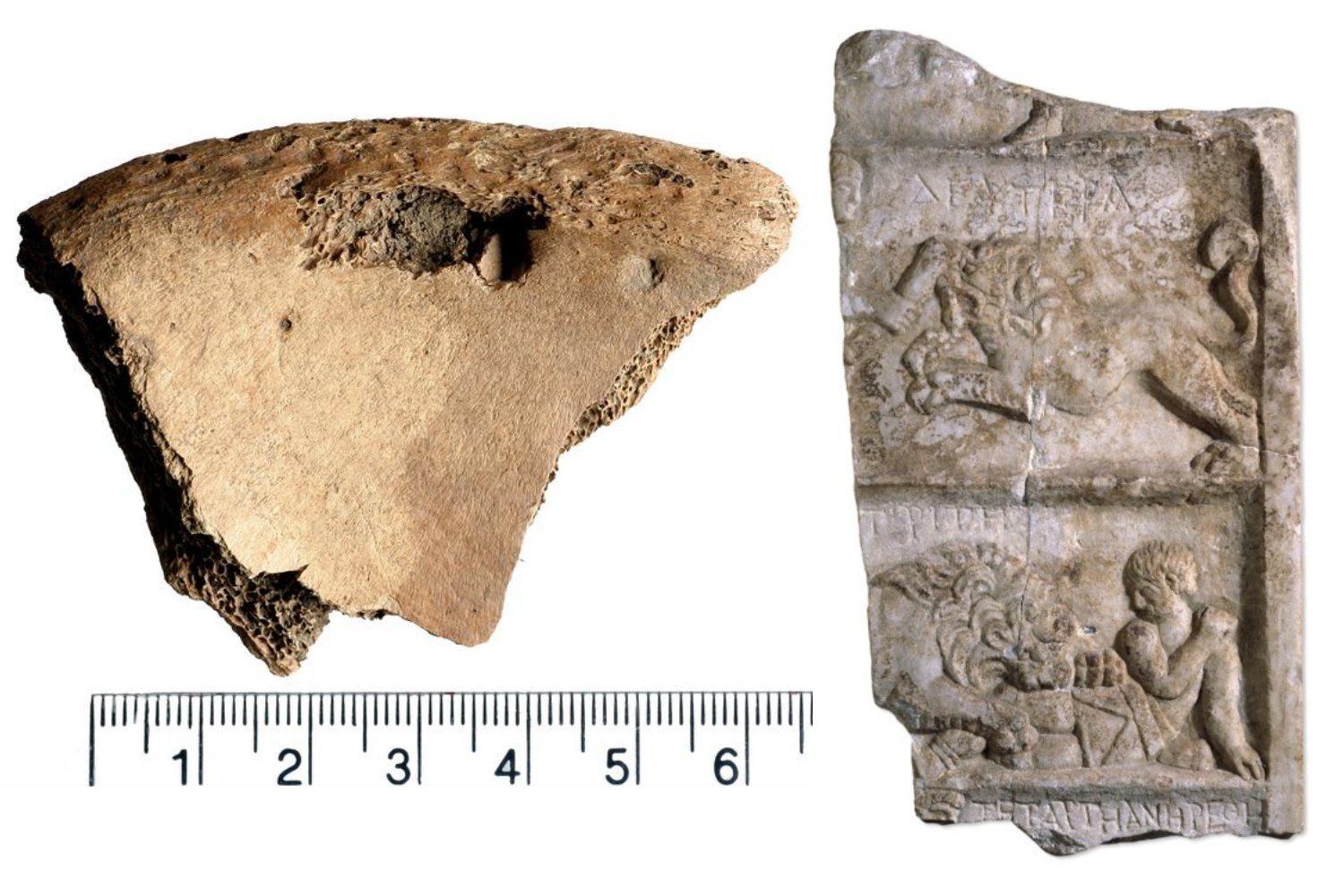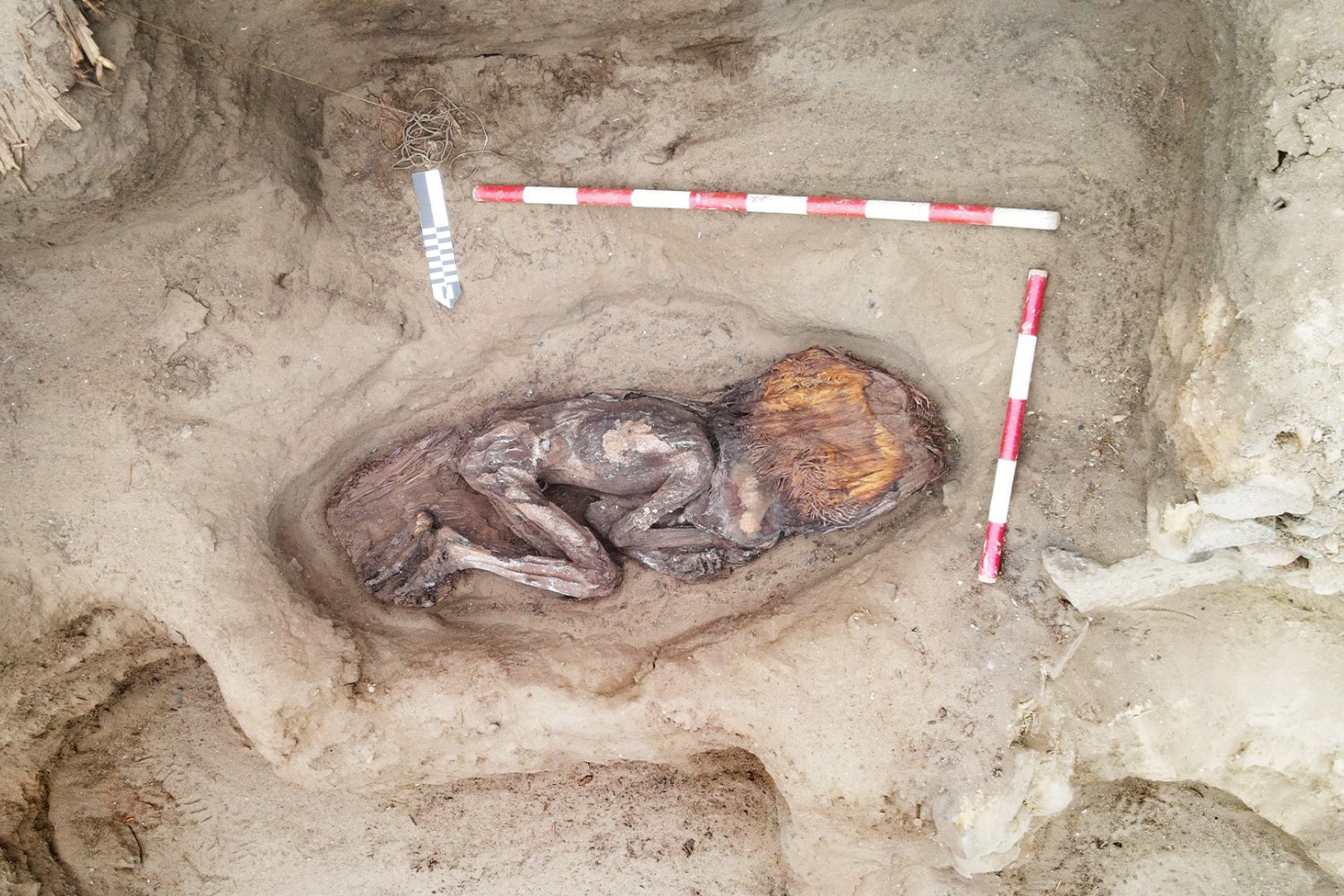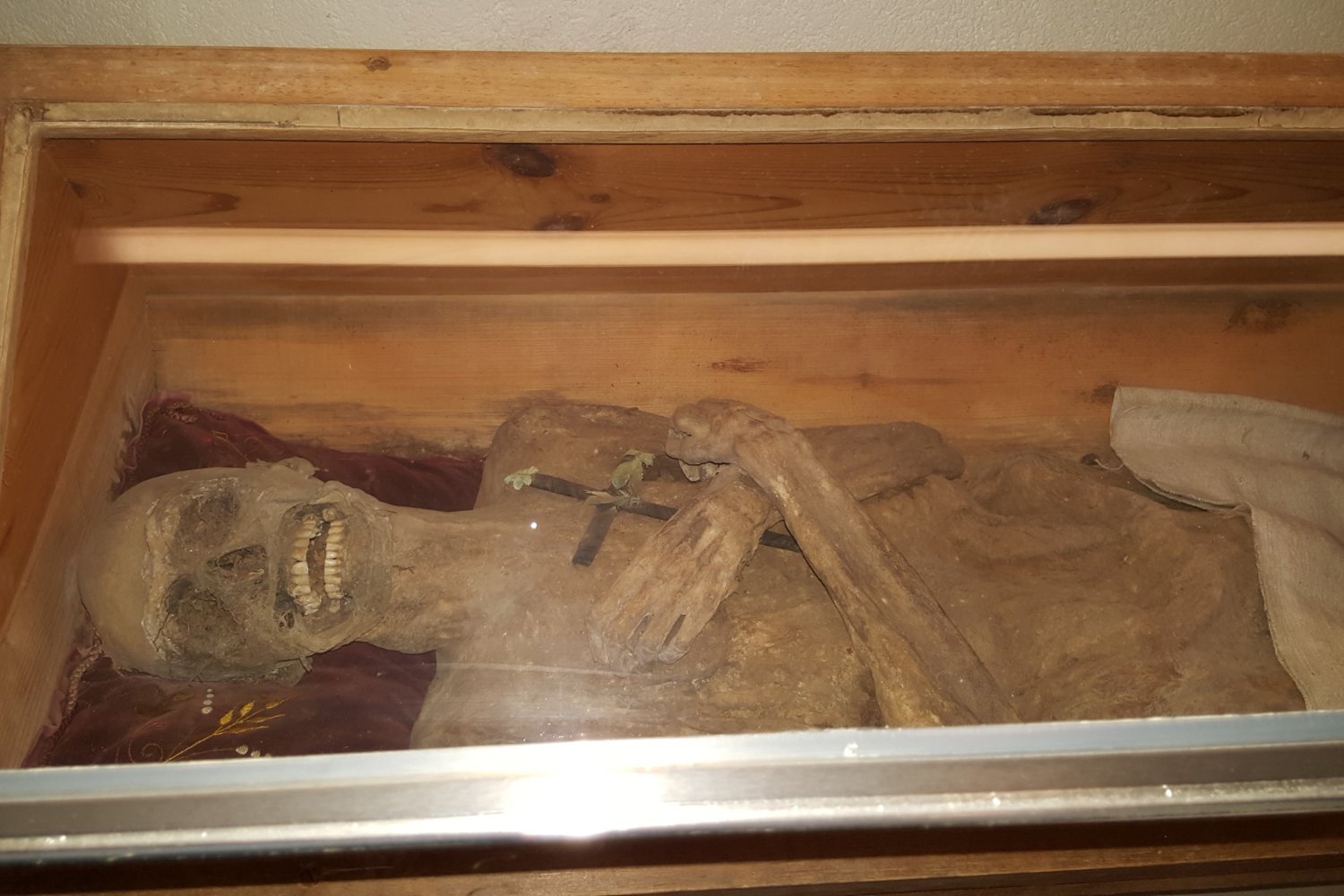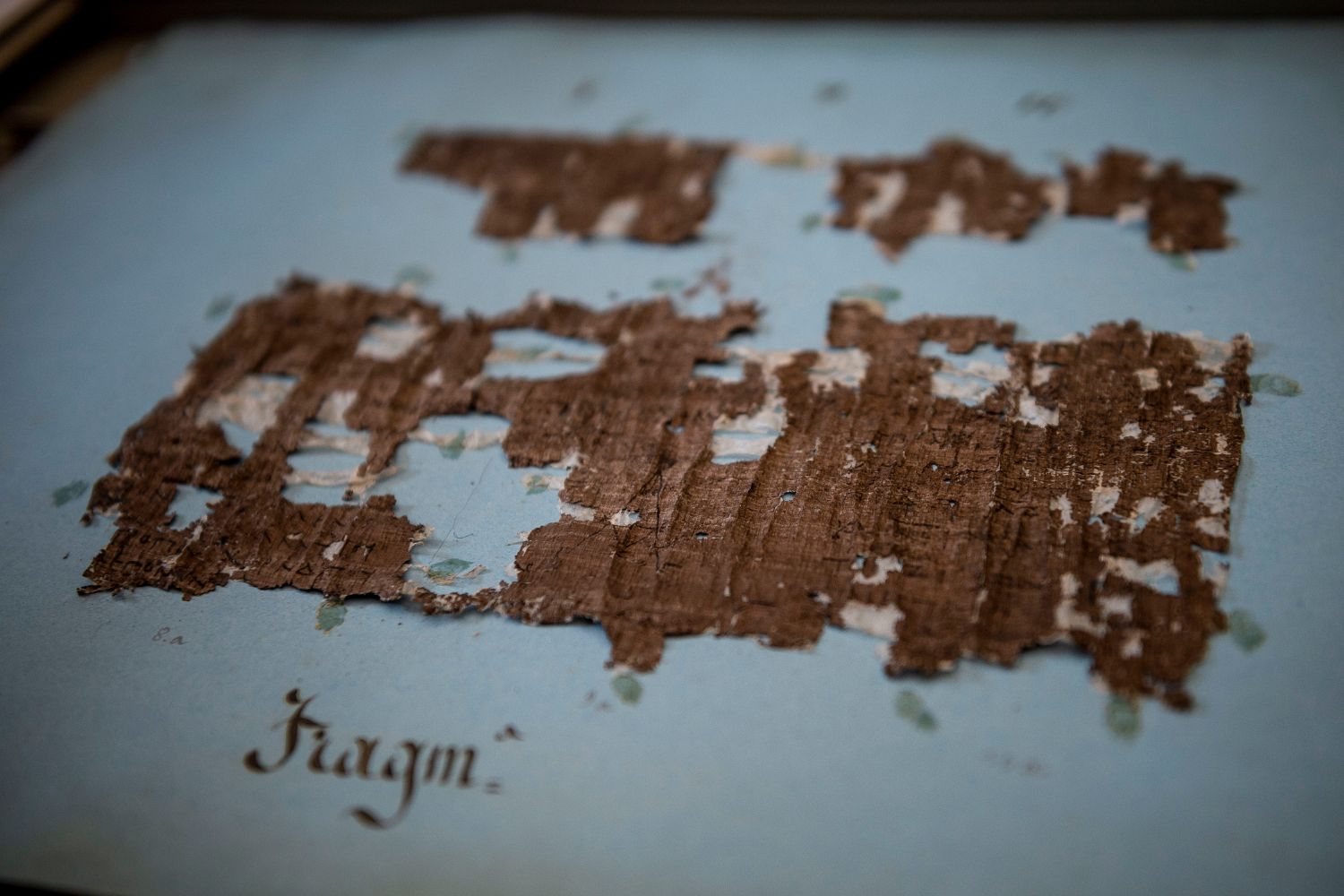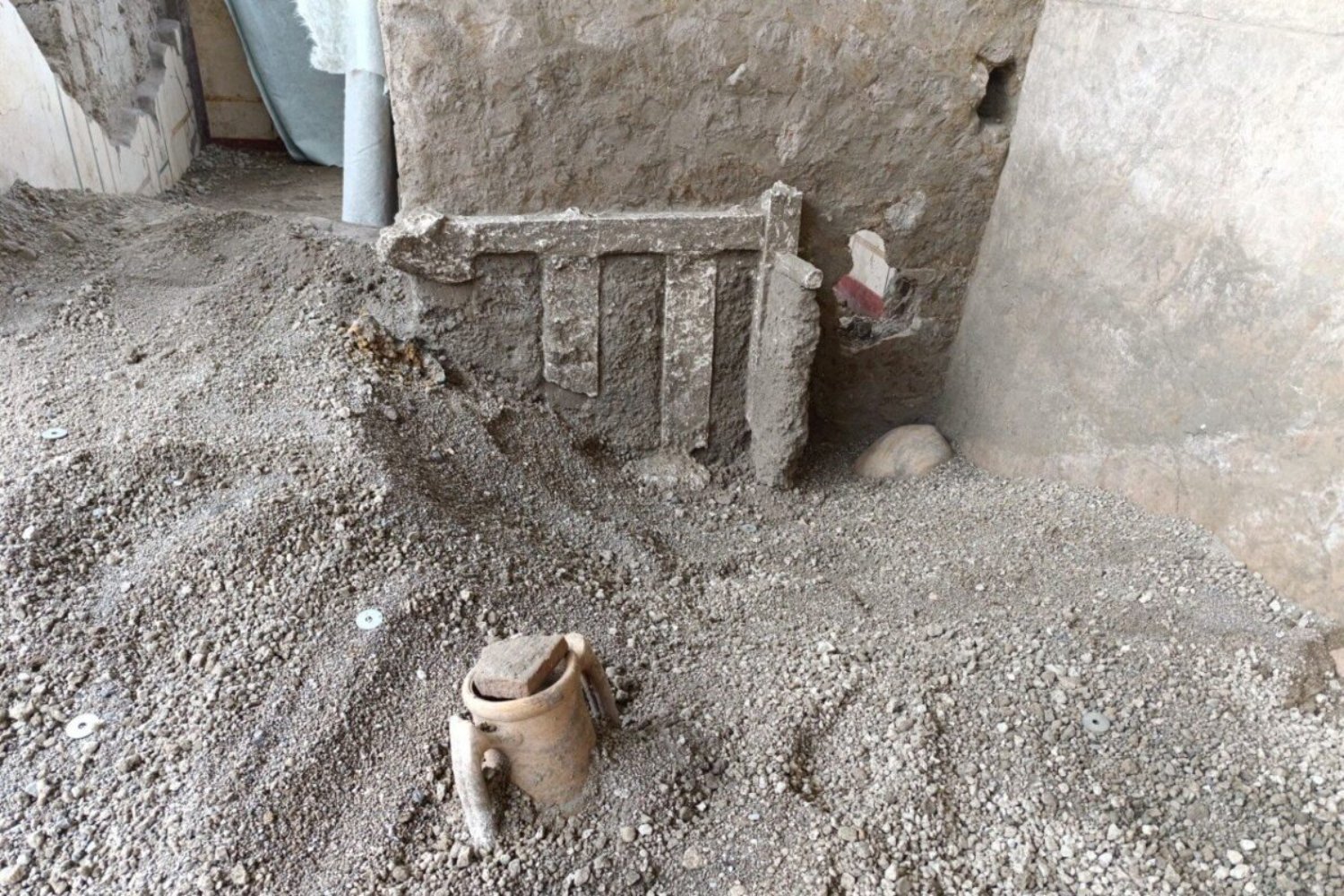Gladiatorial combat, a brutal yet captivating spectacle of ancient Rome, often involved pitting humans against wild animals. While historical accounts and artistic depictions have long hinted at these human-animal clashes, concrete archaeological evidence has remained elusive. A recent discovery in York, England, however, provides the first physical proof of such encounters in Roman Britain, offering a chilling glimpse into the realities of this violent form of entertainment.
Researchers created a 3D model of these injuries and compared them to the bite marks of various animals. The analysis strongly suggests that the wounds were inflicted by a large cat, most likely a lion. This discovery is groundbreaking, marking the first osteological evidence of human-animal interaction in a Roman combat or entertainment context. While scavenging after death cannot be entirely ruled out, the location and nature of the injuries point towards a confrontation with the big cat during the man’s life.
This individual was likely a bestiarius, a type of gladiator often condemned criminals or prisoners forced to fight animals with minimal training or protection. Their fights provided a gruesome form of public entertainment, showcasing the power of Rome and its dominion over both man and beast.
The presence of a potential gladiator cemetery so far from Rome’s iconic Colosseum highlights the widespread reach of gladiatorial culture throughout the Roman Empire. It also suggests the existence of a wealthy and influential elite in Roman York, a class that demanded such extravagant and often cruel forms of entertainment.
This discovery not only confirms historical narratives but also offers tangible evidence of the brutal realities of Roman entertainment. While the exact circumstances of this man’s death may remain shrouded in mystery, his skeletal remains provide a unique and visceral connection to the past, revealing a darker side of Roman Britain.
The discovery underscores the importance of archaeological research in enriching our understanding of history. While written accounts and artistic representations provide valuable insights, physical evidence like this skeleton offers a more direct and compelling window into the lives and deaths of those who lived centuries ago.
This finding also raises questions about the prevalence of human-animal combat in Roman Britain and encourages further exploration of gladiator cemeteries and other archaeological sites. Future research may uncover more evidence of this brutal practice, further illuminating the complexities of Roman society and its fascination with spectacle and violence.



